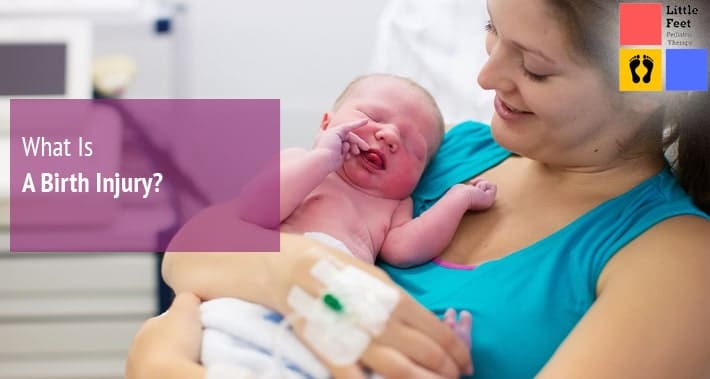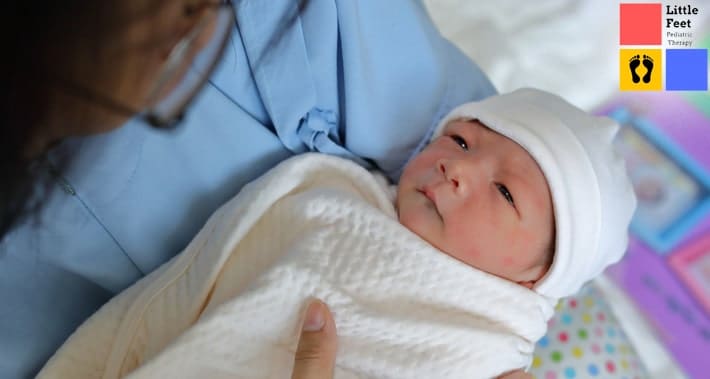
Do you know that about 7 birth injuries occur for every 1,000 children born in the United States?
A birth injury describes any type of injury that a baby suffers before, during, or after childbirth.
Many babies suffer from minor injuries during delivery, such as cuts and scrapes, that do not need to be treated and often heal on their own in days or weeks.
Some birth injuries can lead to more severe complications, resulting in your child having a disability for the rest of their life.
What are Birth Defects vs Birth Injuries?
- Birth Defects are abnormalities that typically form while a child is still in utero. According to the Centers for Disease Control and Prevention (CDC), birth defects typically develop within the first three months of pregnancy. Factors such as drug use, family medical history, and untreated infections may increase the risk of birth defects.
- Generally, birth injuries happen at birth. Common injuries that occur during childbirth include physical head trauma and brain bleeds.
Birth Injury Causes
Birth injuries can be a result of brain damage caused by several risk factors and conditions during childbirth.
Delayed birth is one of the most common causes of birth injuries.
Labors that last over 18 hours are considered delayed births.
As time goes on during labor, there may be an increase of pressure on the infant’s brain.
The compression can lead to fetal distress and high blood pressure, resulting in strokes and other cardiovascular issues.
Oxygen deprivation is another cause of a wide range of birth injuries.
This can be caused by a prolapsed umbilical cord, or by underdeveloped lungs in a premature infant.
Most brain-related birth injuries are caused by oxygen deprivation. This is one reason why fetal monitoring is done in labor.
Other causes include some medications, viral infections, and bacterial infections that can also lead to complications resulting in birth injuries.
Risk Factors
There are several conditions that can lead to a birth injury.
Risk factors that are prevalent in maternal and infant conditions are associated with a higher risk of birth injury.
It is very important to understand these risks so they can be identified and avoided during pregnancy.
Working with a birth doula may help you to avoid many of these risks.
Maternal risk factors include:
- Certain pelvis shapes or sizes: When the mother’s pelvis shape is not conducive to a safe birth, there is potential for the child to struggle in the birth canal, resulting in loss of oxygen flow (asphyxia).
- Difficult labor or delivery (dystocia): May be caused by an awkwardly positioned fetus or by a cervix that is unable to expand. Both of these conditions can make it difficult for the child to exit the birth canal.
- Prolonged labor: Generally associated with a higher risk of birth injuries due to difficulty with fetus exiting the birth canal.
Infant risk factors include:
- Babies weighing over 4000 grams or over 8 pounds (macrosomia): Heavier infants are at a higher risk of a difficult delivery resulting in birth injuries.
- Babies born before the 37th week of pregnancy (prematurity): Premature births have a higher risk for birth injury because the child’s muscles and nervous system have not fully developed.
- Abnormal fetal position: Infants born in head-up, buttocks-first, or breech positions are more likely to suffer a birth injury.
- Physical injuries: These can occur during the use of forceps or vacuum extractors during delivery.

Signs and Symptoms of Birth Injuries
Most signs and symptoms of birth injuries do not present themselves directly after childbirth.
Some symptoms of birth injuries may not show immediately.
The following symptoms may be a warning sign of a birth injury. Please follow up with your pediatrician if you have any concerns.
Symptoms may include:
- Arched back while crying
- Difficult suckling or swallowing
- Excessive drooling
- Hand curled into a claw-like shape or stiff muscles (hypertonia)
- Low heart rate or oxygen levels
- Loose or stiff muscles
- Sensitivity to light
- Weak reflexes
- Seizures, tremors, or shakiness
- Blindness, deafness, or muteness
- Developmental disabilities such as autism or epilepsy
- Difficulty eating, drinking, or grasping utensils
- Inability to sit, stand, walk, or crawl without assistance
- Lack of muscle control or spasms (spasticity)
Do you have questions about your child? You may find this resource helpful.
This post was originally posted at BirthYouDesire.com.
Birth You Desire is DC’s premiere birth and postpartum doula group. In addition to doulas, they offer classes, workshops, birth related services, and products. Book a consult here.
► 3535 Randolph Rd, Charlotte, NC 28211
► 1331 H St NW Ste 200, Washington, DC 20005
► St. Louis, MO
► Raleigh, NC
Founded in 2019, Little Feet Therapy offers on site pediatric physical and occupational therapy treatments for children from 2 months to 18 years old with physical and developmental concerns. Our clinics focus on providing therapy in a child’s natural setting where your child is in familiar surroundings, it puts their mind at ease and helps them focus more on the work they’re doing with their pediatric therapist. Our therapists will work with your child at your home, at school, at daycare, or another place in the community where they feel most comfortable.